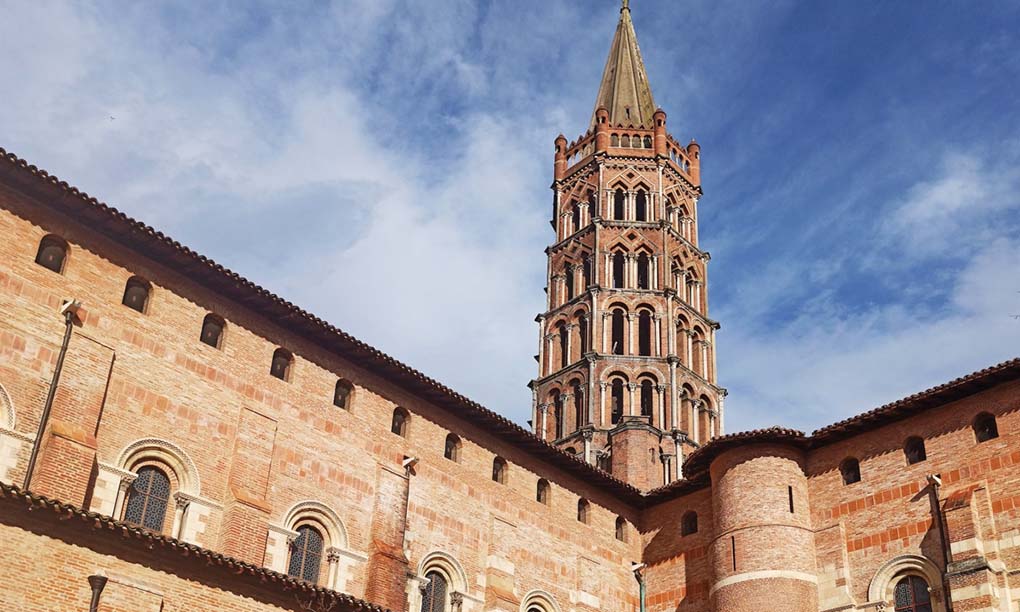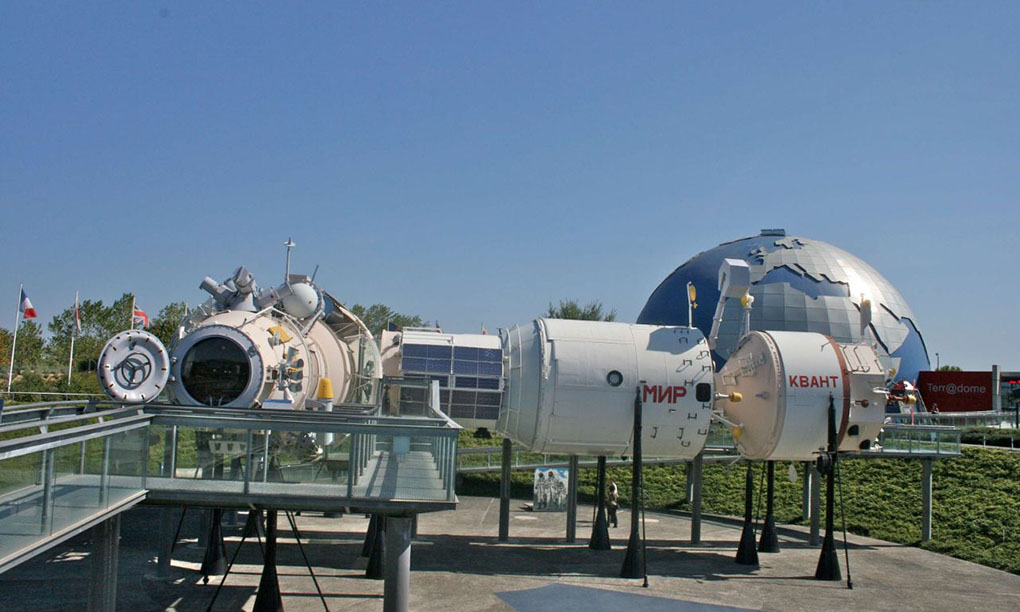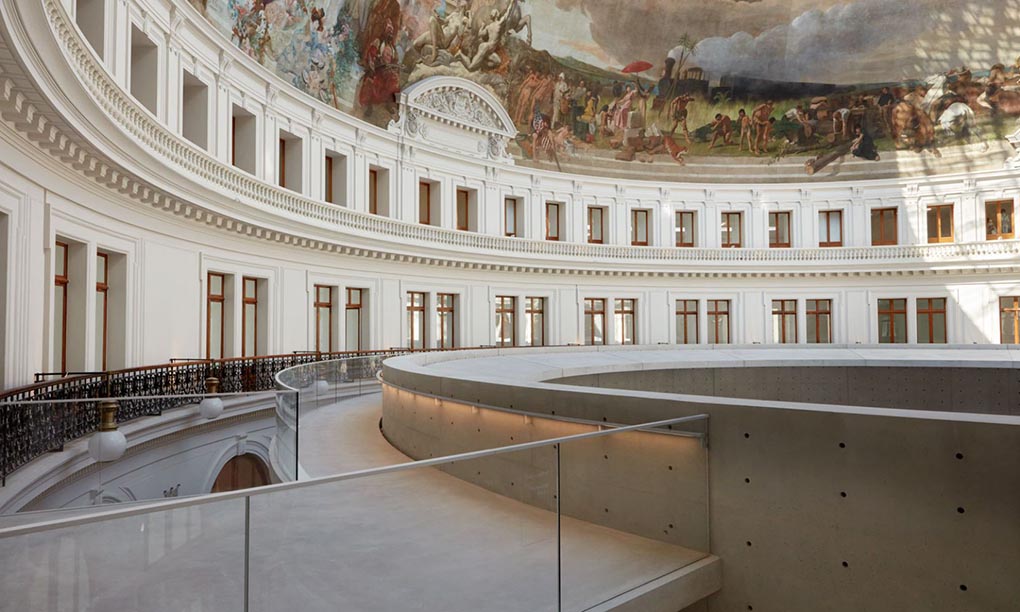Toulouse, located on the banks of the Garonne River in southern France, is known as the “Pink City” due to its buildings made primarily from warm pink bricks. As one of France’s most important historical and cultural cities, Toulouse boasts a rich history and cultural background, alongside modern technological innovations. Whether you’re a history lover or a tech enthusiast, Toulouse offers a wealth of attractions and charms that will leave you captivated. I’ll take you on a tour of Toulouse’s must-see landmarks, from the Saint-Sernin Cathedral to the Cité de l’Espace, and show you the many faces of this fascinating city.
1. Basilica of Saint-Sernin (Basilique Saint-Sernin)
The Basilica of Saint-Sernin is one of the most famous religious buildings in Toulouse and a UNESCO World Heritage site. It is one of the most magnificent Romanesque churches in France and one of the most important pilgrimage sites in the southwestern region. Built between the 11th and 13th centuries, the Basilica attracts thousands of visitors due to its unique architectural style and historical significance.
(1) Historical Background
The construction of the Basilica of Saint-Sernin began during the Roman Empire and later became a major Christian pilgrimage site. It houses the remains of Saint Sernin, the first bishop of Toulouse, who is believed to have been martyred around 250 AD. As pilgrimage activities grew, the Basilica gradually became an imposing and architecturally stunning religious structure.
(2) Architectural Style
The Basilica is a prime example of Romanesque architecture, characterized by its strong religious atmosphere. The exterior is grand and imposing, especially the 65-meter-high tower, which has become one of the city’s landmarks. The interior is equally exquisite, with soaring vaults, beautiful murals, and colorful stained-glass windows that create a sacred and serene ambiance. The massive organ inside the church is especially remarkable, with its clear, melodious tones adding a divine atmosphere to religious services.
(3) Key Highlights
The highlights of visiting the Basilica of Saint-Sernin are not just its architectural beauty but also its historical and cultural significance. You can explore the crypt, which houses the remains of Saint Sernin and other notable figures. The church is also home to ancient sculptures and biblical murals that are breathtaking. Surrounding the Basilica, you can stroll along ancient streets and experience the unique charm of medieval Toulouse.

2. The Garonne River (La Garonne River)
The Garonne River is the lifeblood of Toulouse, flowing through the city and offering picturesque views. It not only provides water and transportation resources but also enhances the city’s natural beauty. Visitors can enjoy walking, cycling, or taking boat tours along the riverbanks, all while soaking in the stunning views of the city.
(1) Garonne River Landmarks
There are many attractions along the Garonne River. For example, the Pont Neuf (New Bridge) is one of Toulouse’s oldest bridges, dating back to the 16th century. It is also one of the city’s iconic landmarks. From the bridge, you can enjoy panoramic views of the riverbanks, especially at sunset, when the golden hues of the sun reflect on the water like a beautiful painting.
Additionally, parks along the river provide great spots for relaxation. These green spaces are perfect for leisurely strolls, offering fresh air and a peaceful environment for both locals and tourists.
(2) Riverboat Tours
To fully experience the beauty of the Garonne River, you can take a riverboat tour. The boat tours follow the course of the river and offer views of Toulouse’s stunning architecture and natural landscapes. In the summer, boat tours are a popular way for both locals and visitors to cool off and enjoy the scenery.
3. Cité de l’Espace (Cité de l’Espace – The Space City)
As a symbol of modern technology and space exploration, the Cité de l’Espace is one of the most unique attractions in Toulouse. It is a theme park that combines education, entertainment, and technology, showcasing the latest in aerospace technology and the magnificent history of human space exploration.
(1) History and Background
Opened in 1997, the Cité de l’Espace was created by the aerospace research center and museum of Toulouse. Given that Toulouse is a hub for the French aerospace industry, home to numerous renowned aerospace companies, the Cité de l’Espace is not just an entertainment venue but also an important showcase for France’s achievements in space exploration.
(2) Exhibits and Interactive Experiences
The Cité de l’Espace features a rich array of exhibits, covering everything from the moon landing to the construction of the International Space Station. There are many interactive exhibits where visitors can experience simulated space travel. You can try a simulated flight, feel the sensation of weightlessness, and even operate a space capsule control panel, all while experiencing what it’s like to be an astronaut.
The Cité de l’Espace also features specialized exhibition areas, such as the rocket section, where you can see models of various rockets and spacecraft, and the planetarium, which houses a massive telescope and offers astronomical demonstrations to deepen your understanding of the mysteries of the cosmos.

(3) Perfect for Families
The Cité de l’Espace is particularly family-friendly, with many interactive experiences for children, such as astronaut training simulations and space exploration activities. These engaging experiences provide children with both fun and educational insights into science. The park also hosts temporary exhibitions and events related to space exploration, which add to the excitement and learning.
4. Musée des Augustins (Musée des Augustins – Museum of Fine Arts)
The Musée des Augustins is one of the most important art museums in southern France, with an extensive collection spanning from the Middle Ages to modern times. It is not only a haven for art lovers but also a must-visit for those interested in history and culture. Located in the heart of Toulouse, the museum was originally a 14th-century convent, and after careful renovation, it was transformed into a museum that blends medieval religious ambiance with modern art displays.
(1) Museum Highlights
One of the museum’s standout features is its collection of medieval art, especially sculptures and religious paintings. The museum’s sculpture collection is particularly rich, including significant works from early Christianity through the Renaissance. Notably, the collection includes valuable stone carvings, altar paintings, and early murals that showcase the religious and cultural life of the Toulouse region in the Middle Ages.
In addition to medieval art, the museum also features a significant collection from the Renaissance and Baroque periods. It houses famous works, including religious paintings by Italian artists and French creations that demonstrate the evolution of artistic styles and techniques during those periods.
Entering the 20th century, the museum’s modern art section is also worth a visit. The collection includes works by celebrated artists such as Picasso and Matisse, showcasing the impact of movements like Cubism, Impressionism, and Expressionism. These works reflect not only the personal styles of the artists but also the broader social changes of the time.
(2) Architectural Style
The building itself is also an art piece. Originally a convent, the museum retains its Gothic architectural elements, including spires, intricate carvings, and tall windows that emphasize the solemn and sacred nature of medieval structures. After the renovation, modern elements were introduced to accommodate the needs of contemporary exhibitions while preserving the original historical structure.
The museum’s courtyard offers a tranquil space for visitors to relax and contemplate, where ancient stone carvings meet modern art installations in a harmonious blend that transports you across time.
5. Musée de la Halle aux Grains (Musée de la Halle aux Grains)
The Musée de la Halle aux Grains is a museum dedicated to music and the arts, located in a historical building in the heart of Toulouse. Unlike the Musée des Augustins, this museum focuses on the unique theme of music and its integration with the arts, offering a multifunctional space for both exhibitions and performances.

(1) Museum Highlights
One of the highlights of the museum is its collection of musical artifacts, including instruments and artworks related to the history of music. Visitors can view antique stringed instruments, woodwinds, and rare manuscripts, many of which are deeply connected to the history and development of French music traditions. Additionally, the museum showcases items related to the local musical culture of Toulouse, highlighting the city’s rich musical heritage.
The museum also regularly hosts concerts and artistic performances, predominantly classical music, focusing on French and European composers. Contemporary music-related events are also held, bridging the gap between traditional and modern music.
(2) Architecture and Space
Originally a grain market, the museum’s architecture blends industrial-era iron structures with ancient brick buildings. Inside, the space is vast, with towering ceilings and iron beams that enhance the museum’s unique atmosphere. The design of the museum focuses on interaction, with spaces suited for exhibitions and small concerts, while acoustically optimized for music performances.
For music lovers, the Musée de la Halle aux Grains offers not only a place to appreciate artifacts but also an immersive experience where music and art come together.
Both the Musée des Augustins and the Musée de la Halle aux Grains highlight the diverse cultural offerings of Toulouse. From medieval sculptures to modernist paintings, and from classical music relics to contemporary performances, these museums provide a rich cultural experience that showcases Toulouse’s artistic heritage and modern creativity.
Tags: Basilique Saint-Sernin, Cité de l'Espace, La Garonne River